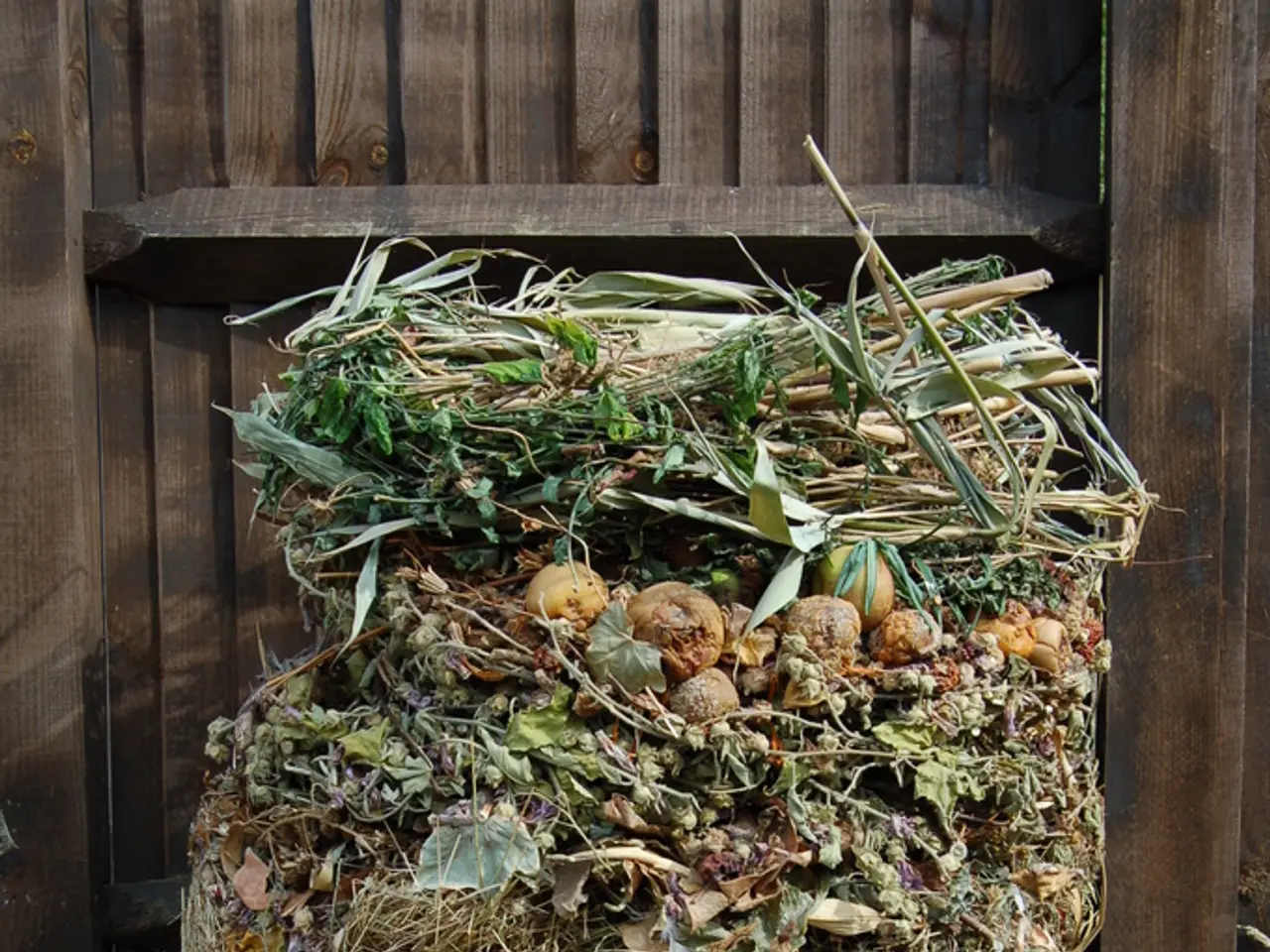Deadheading Verbena: A Gardener's Dilemma - Weighing the Advantages and Disadvantages According to Horticulture Specialists
============================================================
A well-maintained garden is a joy to behold, and one plant that can add a splash of colour and life is verbena. This versatile plant not only thrives in various conditions but also attracts a host of beneficial creatures, such as butterflies and birds. Here's a guide to help you get the most out of your verbena plants.
Deadheading verbena is an essential gardening practice that offers numerous benefits. It keeps your garden neat, preserves the impact of verbena in borders, and most importantly, prolongs its flowering period [1][2][4]. By removing spent flowers, you encourage the plant to focus its energy on producing new blooms, resulting in bushier, healthier growth.
However, it's important to note that not all verbena varieties need deadheading. Some, like Superbena verbena and Lanai verbena, are classified as 'self-cleaning' and naturally drop spent flowers without human intervention [1]. In these cases, allowing the plants to grow freely can encourage self-seeding and attract wild birds that feed on the seeds, making them ideal for more naturalistic or sustainable gardens [1].
When deadheading verbena, use clean, sharp cutters or scissors to avoid causing unnecessary stress to the plant [3]. Simply find spent flower clusters and snip them off just above a leaf node or healthy side shoot. It's also advisable not to trim too much of the plant at once. Instead, take a little off each week or when the bush starts to look untidy or tired [5].
It's also worth investing in a pair of secateurs, as they are not just useful for deadheading but are essential tools for every gardener [6]. Remember, though, that the popular compost bin is a suitable solution for decomposing deadheading cuttings.
In the evolving world of gardening, it's essential to stay informed and adaptable. As gardening expert Lucie Bradley suggests, there is always more to learn [7]. So, whether you choose to deadhead your verbena or let it be, remember that each decision contributes to the unique character of your garden.
[1] RHS. (2021). Verbena. Retrieved from https://www.rhs.org.uk/plants/25340/Verbena
[2] Garden Myths. (2021). Deadheading - does it really make a difference? Retrieved from https://www.gardenmyths.org.uk/myths/deadheading-does-it-really-make-a-difference/
[3] The Spruce. (2021). Deadheading Verbena. Retrieved from https://www.thespruce.com/how-to-deadhead-verbena-2132882
[4] Horticulture Week. (2021). Deadheading: why it's essential for a bountiful flower display. Retrieved from https://www.hortweek.com/culture/plants/deadheading-why-its-essential-for-a-bountiful-flower-display/7028984.article
[5] The English Garden. (2021). Deadheading: How to and When to Deadhead. Retrieved from https://www.theenglishgarden.com/advice/deadheading-how-to-and-when-to-deadhead
[6] Gardeners' World. (2021). 10 Essential Garden Tools Every Gardener Needs. Retrieved from https://www.bbc.co.uk/gardening/advice/tools/essential_tools
[7] Gardeners' World. (2021). Lucie Kean. Retrieved from https://www.bbc.co.uk/gardening/people/lucie-kean
- Cultivating verbena plants not only beautifies your home-and-garden, but it also promotes wellness by attracting beneficial insects like butterflies and birds.
- Incorporating the practice of deadheading verbena into your gardening lifestyle can help prolong the plant's flowering period and maintain its overall health.
- Investing in a pair of secateurs is beneficial for any gardener as it's not only useful for deadheading but also for other gardening tasks.
- Embrace the evolving nature of gardening by staying informed, adapting, and making conscious decisions about your gardening practices to contribute to the unique beauty and harmony of your home garden.




